I’m trying to grow red ogo gracilaria as a means of filtration and being able to feed it to my tank herbivores. I have some questions:
-how do I know if it is doing well and healthy? I keep seeing different colors on it and I’m not sure if it’s different stages of growth or death.
-when is it time to harvest it?
Should I be harvesting a branch a week or waiting a doing a big amount at once like people do with chaeto?
thanks!
Pics included of some I fed today and also refugium
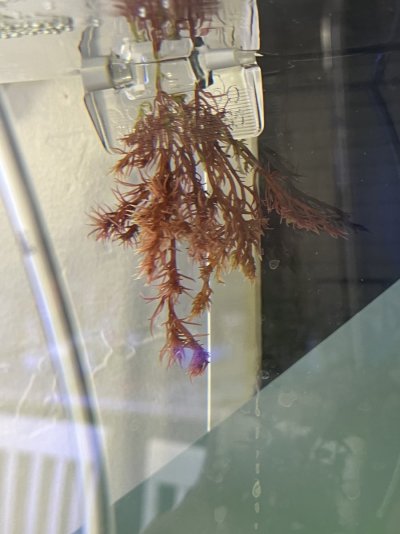
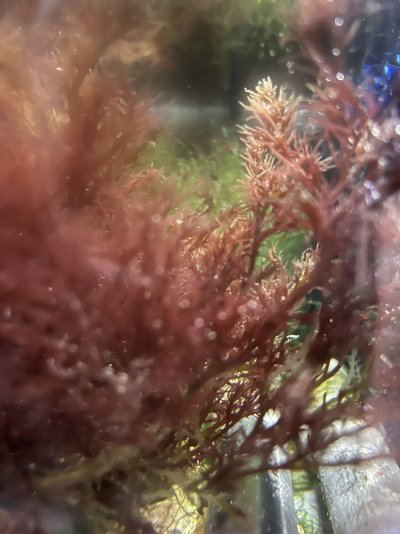
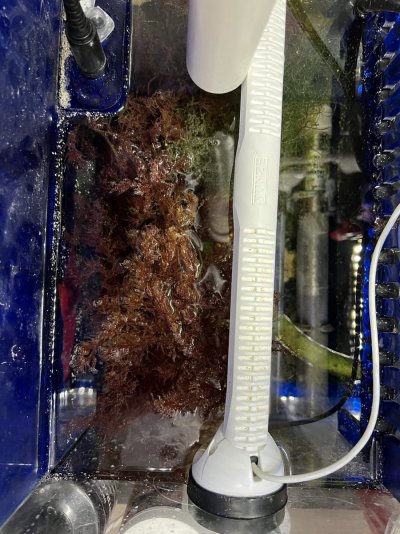
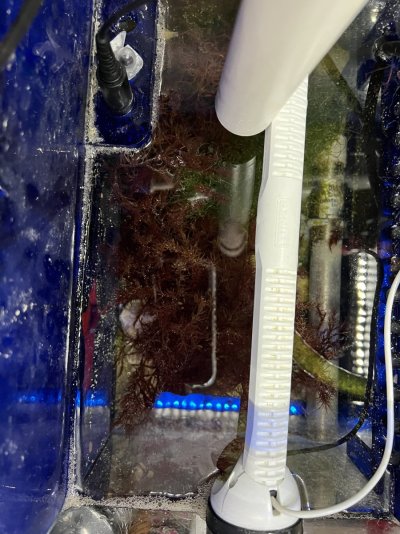
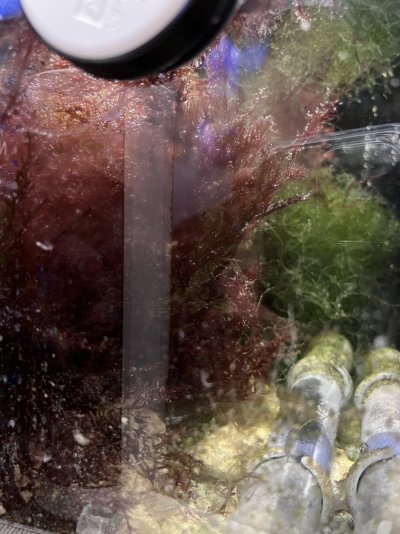
-how do I know if it is doing well and healthy? I keep seeing different colors on it and I’m not sure if it’s different stages of growth or death.
-when is it time to harvest it?
Should I be harvesting a branch a week or waiting a doing a big amount at once like people do with chaeto?
thanks!
Pics included of some I fed today and also refugium




















